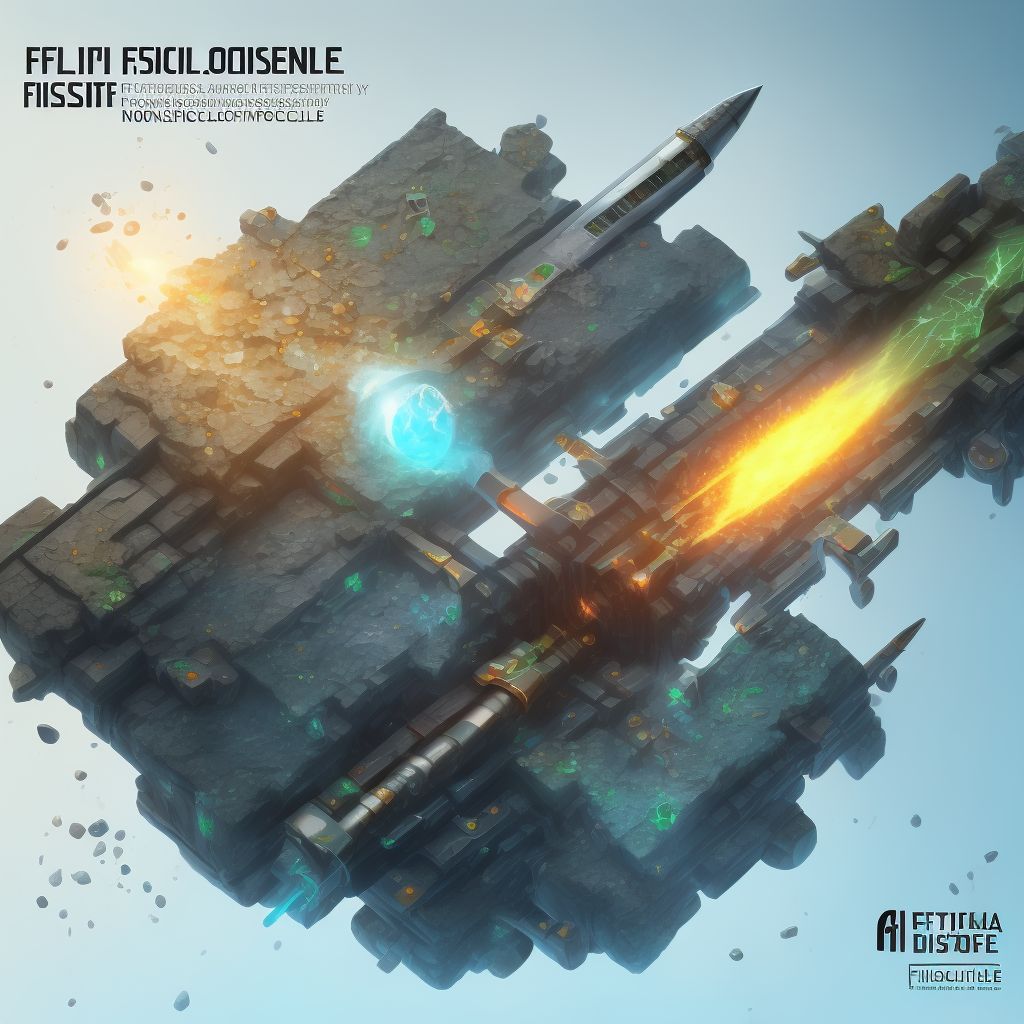
Nondisplaced oblique fracture of shaft of unspecified fibula, subsequent encounter for closed fracture with delayed healing Save
ICD-10 code: S82.436G
Disease category: S82.436: Nondisplaced oblique fracture of shaft of unspecified fibula
Nondisplaced Oblique Fracture of Shaft of Unspecified Fibula: A Guide to Understanding Subsequent Encounters for Closed Fracture with Delayed Healing
When it comes to bone fractures, it's essential to understand the specific type and subsequent encounters for proper treatment. One such type is the nondisplaced oblique fracture of the shaft of an unspecified fibula. In this article, we will provide an overview of this condition without focusing on treatment options.
A nondisplaced oblique fracture occurs when the bone breaks in a slanted or diagonal pattern, without any separation or misalignment of the bone fragments. The fibula, one of the two bones in the lower leg, can be affected by this type of fracture, leading to subsequent encounters for closed fracture with delayed healing.
Although treatment options won't be discussed here, it's important to note that medical professionals will evaluate the patient's condition to determine the best course of action. This evaluation may include physical examinations, X-rays, or other diagnostic procedures.
During subsequent encounters, healthcare providers will monitor the healing progress of the fractured fibula. They might recommend follow-up appointments at regular intervals to assess the healing process. These appointments will help determine if the fracture is healing as expected or if further intervention is required.
Patients with a nondisplaced oblique fracture of the shaft of the fibula may experience delayed healing. While the bone typically heals within a specific timeframe, certain factors such as age, overall health, and the severity of the fracture can influence the healing process. It's important to follow the medical professional's instructions and attend all recommended follow-up appointments for proper monitoring.
In conclusion, a nondisplaced oblique fracture of the shaft of the unspecified fibula can result in subsequent encounters for closed fracture with delayed healing. This condition requires proper evaluation and monitoring to ensure the fracture heals as expected. If you or someone you know experiences this type of fracture, it's crucial to seek medical attention promptly and adhere to the recommended follow-up appointments for optimal recovery.
- Overview of nondisplaced oblique fracture
- Understanding subsequent encounters for closed fracture with delayed healing
- Evaluation and monitoring of healing progress
- Factors influencing healing process
- Importance of follow-up appointments
Treatment of Nondisplaced oblique fracture of shaft of unspecified fibula, subsequent encounter for closed fracture with delayed healing:
Treatment Options for Nondisplaced Oblique Fracture of Shaft of Unspecified Fibula
A nondisplaced oblique fracture of the shaft of the unspecified fibula can be a challenging injury to deal with. However, with the right treatment approach, patients can experience successful healing and recovery. Here are some treatment options to consider: